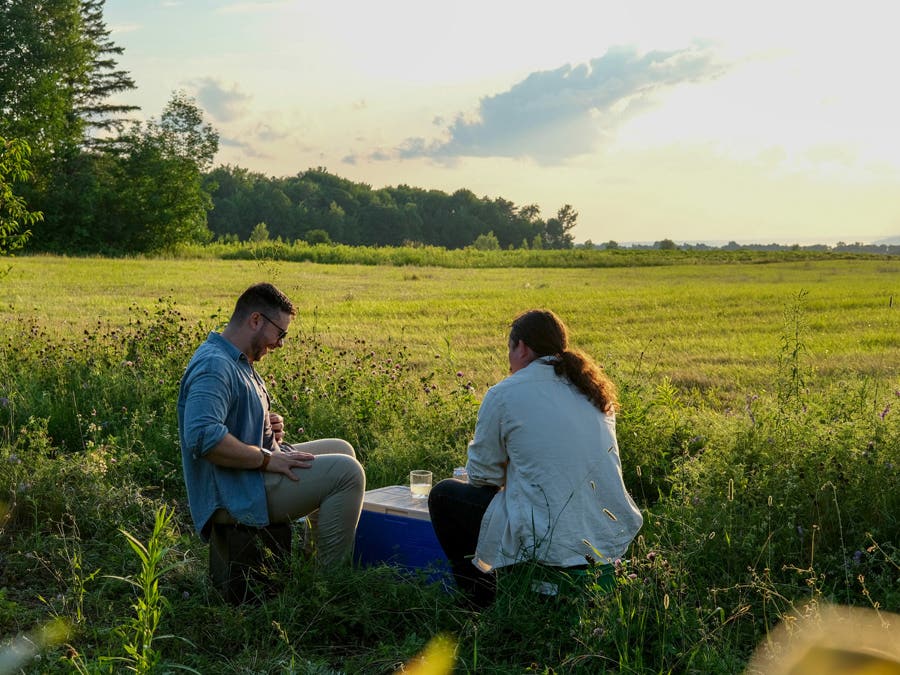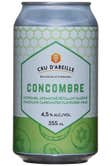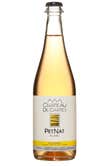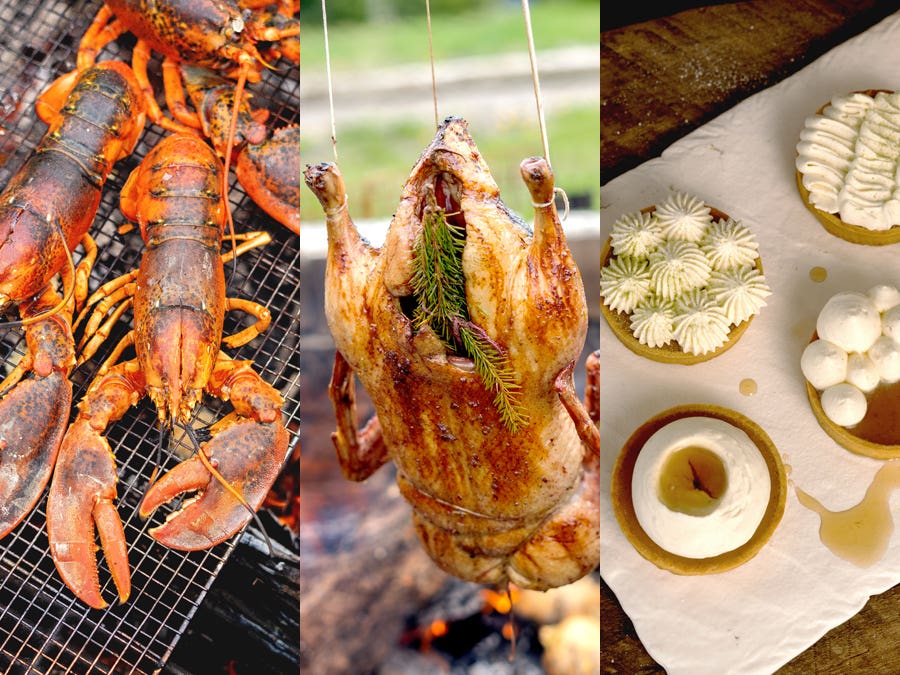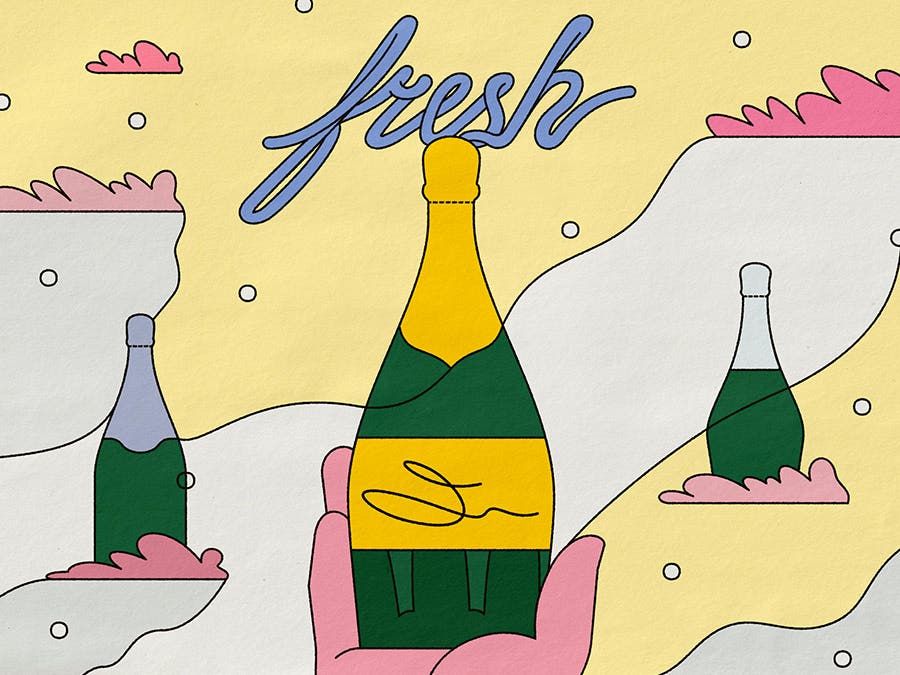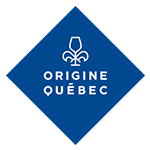

In this first episode, chef Maxime Lizotte meets winemaker Stéphane Lamarre, owner of the Château de Cartes vineyard, as well as beekeeper and brewmaster William Audet, cofounder of the Cru d’abeille meadery. Fertile ground for highlighting all the good things Quebec fields have to offer.
From the distant past to the present and beyond
“I’m passionate about everything to do with the terroir, local products and emerging ingredients, and I’m fascinated by the work farmers do,” began Maxime, whose focus is seasonal local cuisine that’s also eco-friendly. His Indigenous roots shine through in his First Nations-inspired creations with a modern twist.
Meanwhile, at the Cru d’abeille meadery, William is bringing one of the world’s oldest alcohols into the 21st century. “There are a lot of preconceptions about mead, that it’s a drink for Vikings, or monks—basically, that it’s outdated!” he explained. Back when he got into the business, “There was no such thing as light-tasting, sparkling meads that were low in alcohol… ” He and his roommate, friend and fellow aspiring brewmaster François Beaudoin took up a considerable challenge—to “modernize mead to undo those preconceived notions and prove to the world that it could be done differently.” That’s when they got started on their first draft (pun intended!). “As soon as we tasted it, we knew we were onto something special!” he said.
And for good reason, seeing as their product always seems to elicit a reaction when people taste it for the first time. “Their expression is simply priceless!” William laughed. “95% of the time, the reaction we get is: ‘Oh, it’s really good! That’s not how I thought it would taste!’” When it comes to mead, like Indigenous food, “People’s perceptions are often stuck in the past,” Maxime agreed. “What I do with First Nations dishes is similar to what Will does with mead—that is, take something very old and ancestral, and make something cool with it.” In other words, make us want to taste it… and get a taste for it.
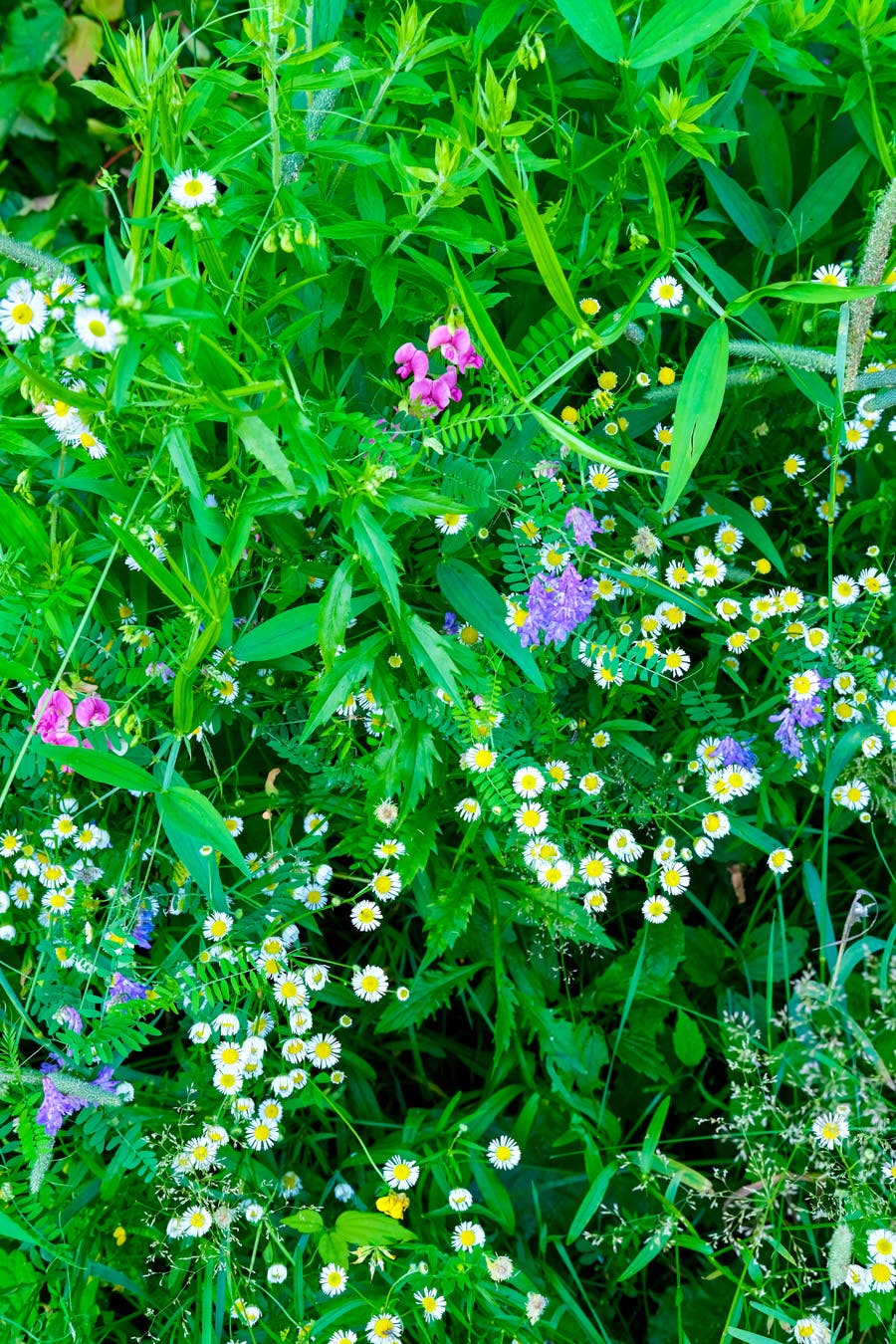

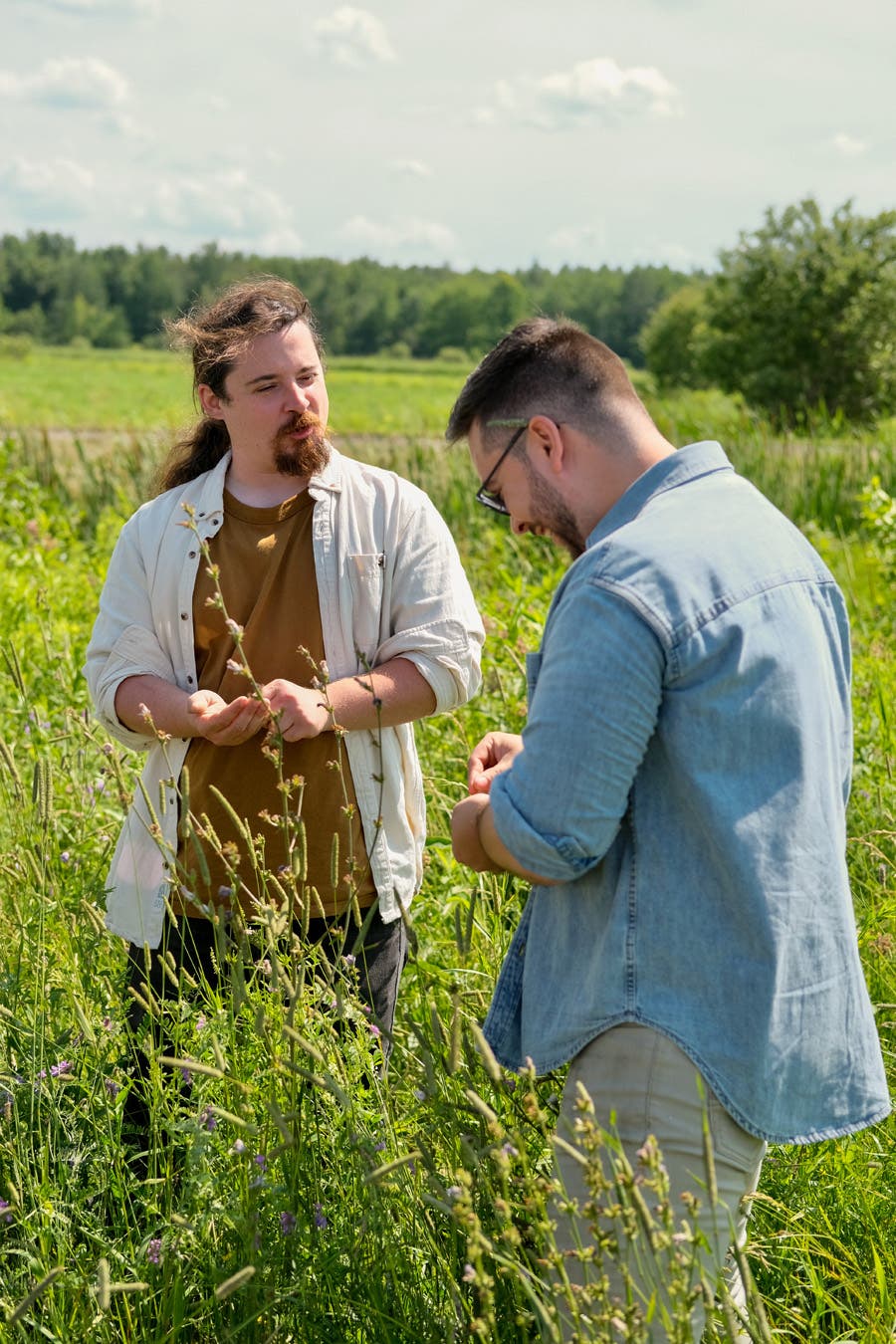

And from centuries-old vines to your glass
While Quebec’s winemaking industry is just turning 40, the vitis riparia, or riverbank grape, has been growing on the edges of our rivers for millennia. Back in Jacques Cartier’s time, Indigenous people showed him this native plant, which at the time was too bitter to make wine from. So, the French brought in European varieties, which quickly succumbed to the harsh Canadian winter.
The answer? Hybridization! Stéphane, winemaker and owner of the Château de Cartes vineyard, explained that the main advantage of native grapes is that they’ve developed an incredible amount of natural immunity. “European vines don’t like our climate. So, by crossing two species, you get the taste of the noble grape and the resistance of the native grape.”
The Frontenac Noir is one of the many varieties that have been hybridized with riverbank grapes. It’s what Stéphane’s Atout rouge and red Pet Nat are made with. Once again, Maxime draws a parallel with what’s happening in his cooking: “It’s obvious that Indigenous influences continue to play a role in today’s recipes (...) My cuisine is rooted in Indigenous culinary traditions but with a modern twist, and a grape that’s been around since the time of my ancestors is now used to make Stéphane’s wines!”
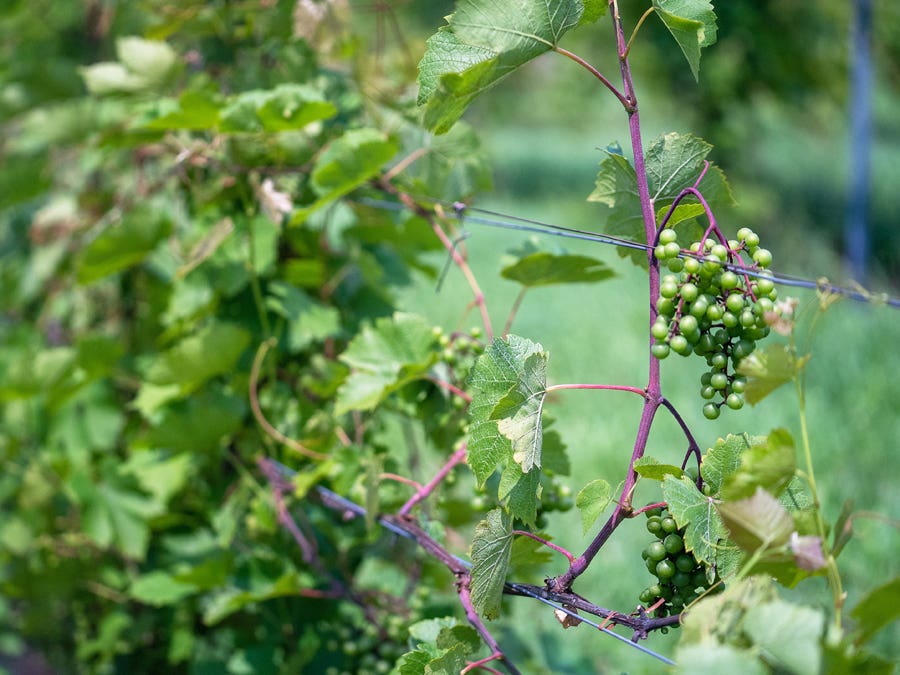

From universal to unique
Getting back to our burning question, how would you describe what the fields taste like? “Basically, all fields taste the same,” offered William, “in the sense that clover will taste pretty much the same, whether it’s from Gaspésie or Outaouais! What really makes a difference in terms of flavour and what defines our terroir is the people who make something from its bounty. The people who work it, who put their passion and know-how into it, who take the raw material from the field—which is fairly similar from one place to the next—and make something unique out of it.”
Here’s an interesting point of view: Stéphane says that he still has trouble defining exactly what influence our terroir has on how our wines taste. “But we do know that in our white wines, the white floral notes seem to be attributable to our terroir. It’s quite typical, regardless of the variety of grape.” Yet, the media-man-turned-winemaker points out how far the industry has come since he got into the business some 15 years ago.
“Not just myself, but all Quebec winegrowers. It’s HUGE! The quality of our wines has simply exploded,” he said. But how did it happen? “Through know-how. People came and got interested in Quebec winemaking, lent their expertise… We’ve worked with wine experts, we took our job seriously, and we’ve come a long way. And today, I’m proud to show off my products.”
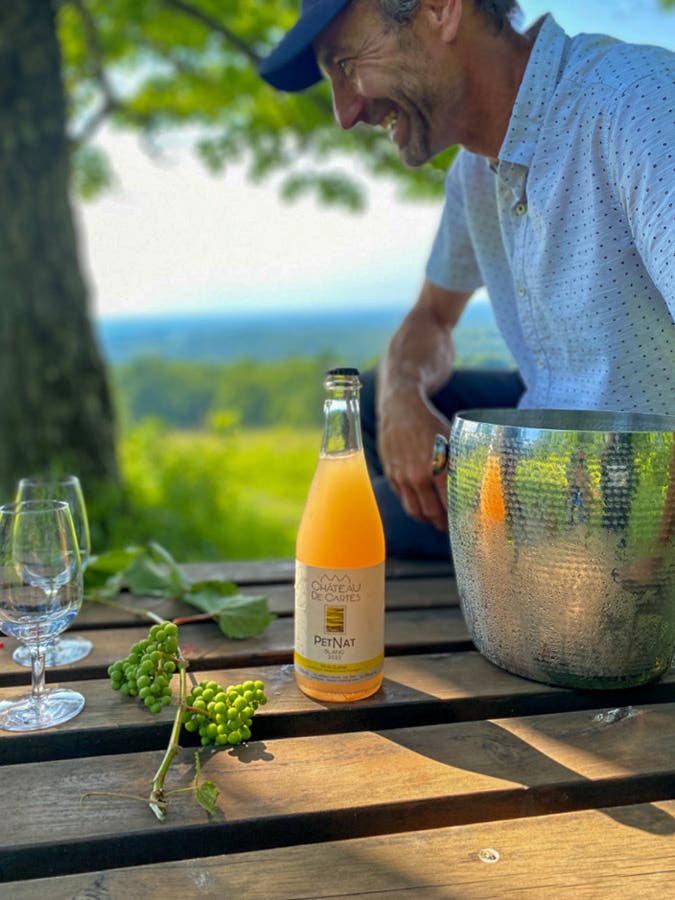

One thing’s for sure—Stéphane, William and Maxime have all embraced and captured the northernness and seasonality of our terroir, be it in a bottle, in a can or on a plate. They’re anything but out in left field!
Check out the two products featured in the video:
We recommend
-
Read more
Chef Maxime Lizotte of the Maliseet of Viger First Nation shares three meals you can make on the grill inspired by his Indigenous heritage. Read our interview to see what other projects the food—and culture—lover has on his plate.
-
Read more
"Fresh" is a new series of articles that explores the latest trends in the world of wines and spirits. To kick things off, we're turning our attention to a growing trend: artisanal champagnes.
 Access to SAQ Inspire personalized services and store inventories are unavailable at the moment.
Access to SAQ Inspire personalized services and store inventories are unavailable at the moment. Free in-store delivery with purchases of $75+ in an estimated 3 to 5 business days.
Free in-store delivery with purchases of $75+ in an estimated 3 to 5 business days. 
